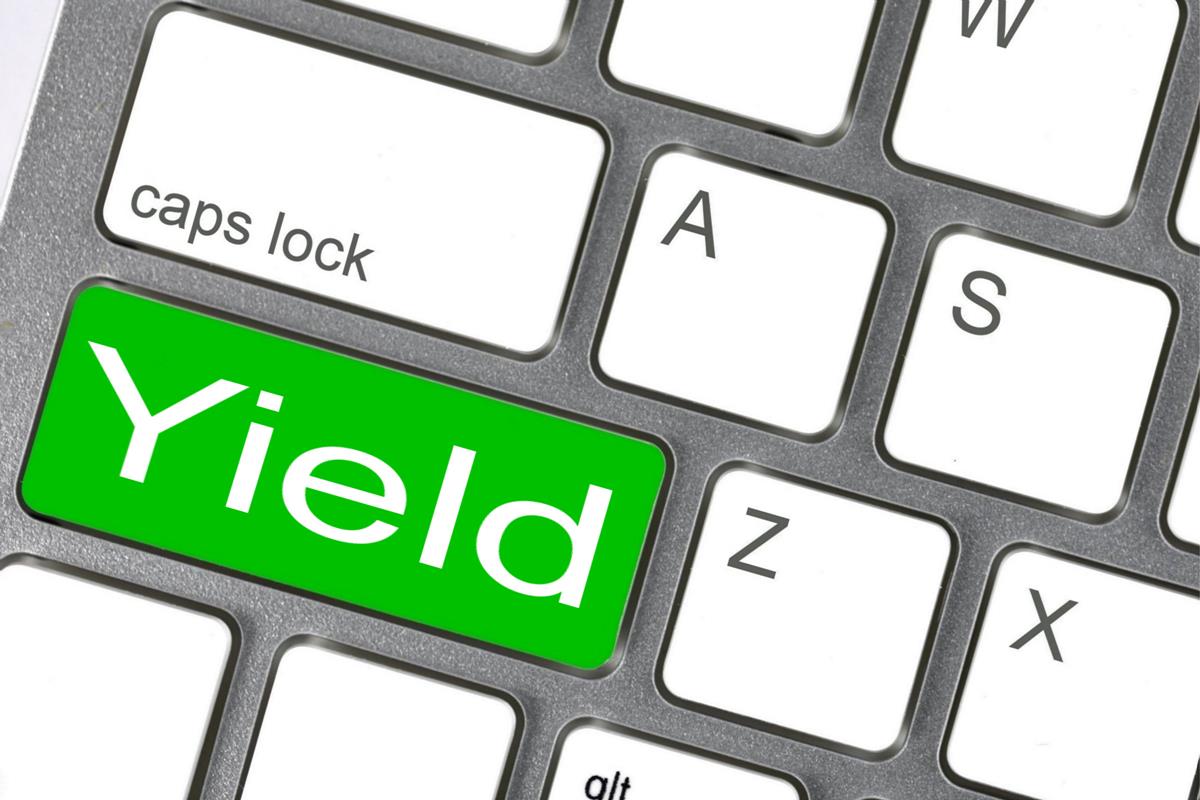Any type of investment whether it’s in the stock market or a property investment, one has to plan properly. If you are planning to buy an investment property, you need to consider several measures. Any investment property is bought with an intention of future profits on its sale and rental yield it can produce.
While starting your property investment journey, you can seek the help of a local broker who can provide expert advice to start with. If you are short on funds, you can even use the equity on your current home to purchase that investment property. At present, the Aussie rental markets are booming and those who are invested in such properties are getting good rental yields, so it’s a great time to invest.
Now, before you start your journey as a property investor, you need to understand the dynamics of rental yield. You need to understand how it works and how it is calculated to ensure a good return on your investment. With the help of rental yield, you can determine the property’s value and its potential to generate rental income.
The following questions related to rental yield will simplify your understanding of it.
What is rental yield and why is it important?
In simple terms, a rental yield measures the current return on investment for a property. Rental yield is nothing but the earning potential investment property has after considering all the income and costs incurred during renting the property.
By understanding the working dynamics of rental yield, you can make better decisions while buying a property. It is helpful while reviewing the rent on a residential or commercial property. Rental yield can be compared with that yardstick with which you can make better investment decisions.
It helps you to achieve your investment goals by giving you the calculations with which you can eliminate the unfavourable options. If the rental yield is not satisfactory, you can look for a different property in another suburb.
With a high rental yield, you can earn a better cash flow which will help your return-on-investment goals.
How to calculate rental yield
Rental yield is calculated with a simple equation that takes into account, the property value, rental income and all the expenses related to the property.
There are two types of rental yield: gross and net.
- Gross yield is calculated through annual rental income and property value.
- Net yield is calculated by including all expenses involved.
Calculation of Gross Rental Yield:
In simple terms, gross rental yield is the rent return which you get on an investment property before deducting any property expenses. In other words, it’s the annual rent that you earn as a percentage of the property value.
Steps to calculate gross rental yield:
- First, get the sum total of the annual rent of the property.
- Divide this annual rent with the current property value.
- Now, multiply the result by 100 to get the percentage value of gross rental yield.
Formula: Annual rent ÷ The value of the property X 100
Calculation of Net Rental Yield:
The calculation of net rental yield requires some extra data related to annual property expenses. Such expenses include the cost incurred in repairs and maintenance, council rates, property management fees, insurance, etc.
Steps to calculate net rental yield:
- First, get the sum total of the annual rent of the property.
- Add all the expenses related to property.
- Now, subtract that amount with the annual rent.
- Divide the result with the current property value.
- Now, multiply the result by 100 to get the percentage value of gross rental yield.
Formula: (Annual rent - costs of owning your property) ÷ The value of the property X 100
What is a good yield and what are the factors that affect yield?
There is no such fixed percentage to define the good yield, but various factors contribute to determining that. It is assumed that a higher rental yield means a higher return on the investment property but that is not the case. Higher rental yield might be the result of undervalued property. The range for higher rental yield can be between 8-10%, whereas property with low rental yield can range anywhere between 2-4%. As an investor, you should look out for properties with a rental yield of 5.5.% or above as it can generate a steady cash flow.
In the end, by understanding the working dynamics of rental yield, you can determine your potential profits and losses on an investment property. Be careful while evaluating and comparing the property values with respect to their respective rental yields.








